Using RTA to Aid ResFrac History Matching
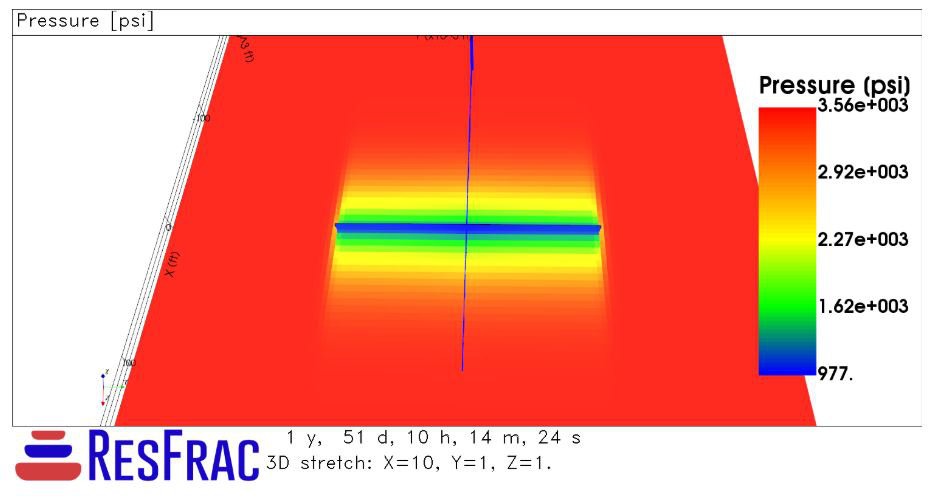
Rate Transient Analysis (RTA) is commonly used to analyze production in unconventional reservoirs. The concept of RTA is to use rate signatures of producing wells to estimate properties such as permeability and fracture surface area. For more detailed analysis, fracture simulators, reservoir simulators, and coupled fracture/reservoir simulators, like ResFrac, can be used.
DFIT Study Update
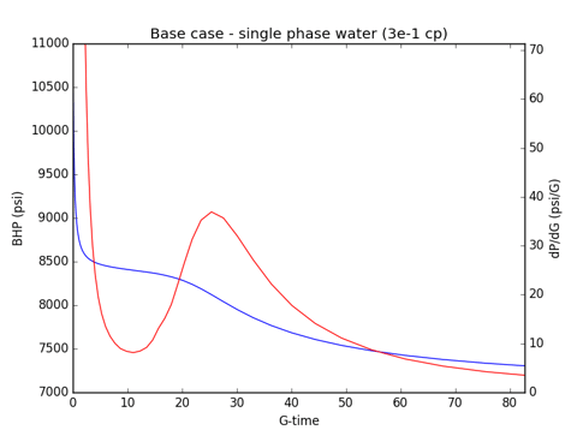
The DFIT Industry Study kicked off in January 2018 with six major operators and one service company participating. We have been holding meetings every three months, and the study will conclude at the end of 2018. The detailed results won’t be shared until next year. However, I can now provide a general update on the findings. I am really looking forward to sharing the full results!
Do fractures propagate symmetrically?
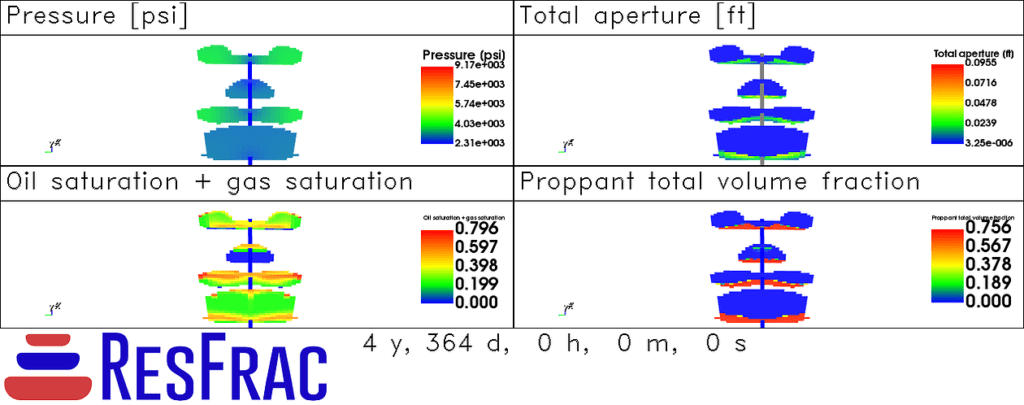
Typically, hydraulic fracture simulations predict symmetrical propagation away from the wellbore. For example, the figure below shows a ResFrac simulation of fracturing and production in a 200 ft horizontal stage […]
Applying ResFrac to Optimize Cluster Spacing
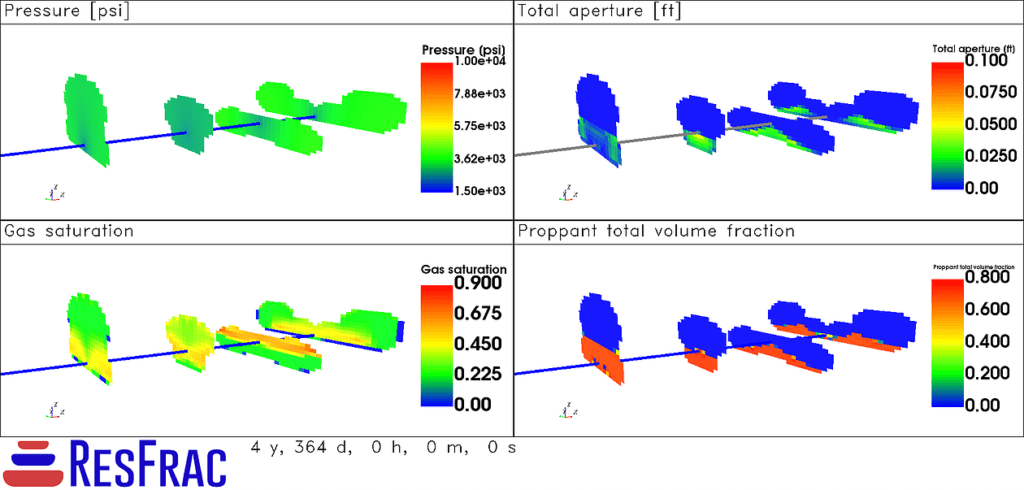
Multistage hydraulic fracturing in horizontal wells enables economic production from low permeability resources. A variety of parameters needs to be optimized: stage spacing, cluster spacing, well spacing, well landing depth, […]
The effect of depletion on DFIT pressure and stress measurements
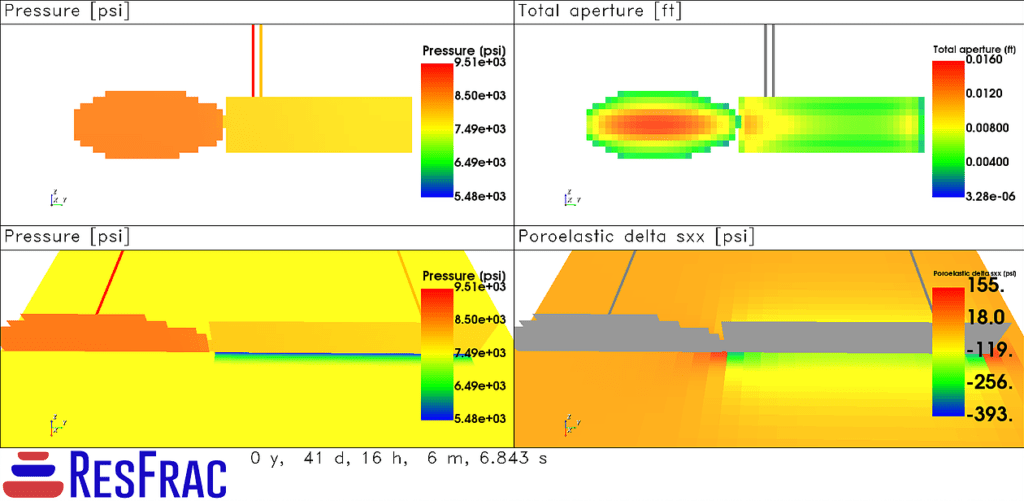
I was asked an interesting question recently – how does depletion affect a DFIT? Often, DFITs are performed in wells with neighbors that have been producing for months or years. […]
A new core-across study may lead to a paradigm shift in our understanding of hydraulic fracturing in shale
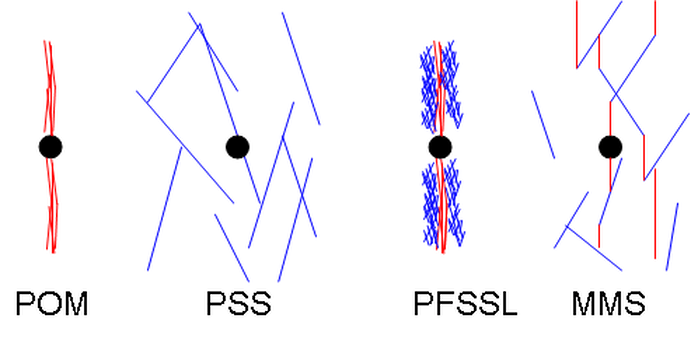
In this post, I discuss an important new paper, “Sampling a Stimulated Rock Volume: An Eagle Ford Example,” by Raterman et al., which was presented at URTeC in July. This paper is an instant classic (kind of like Game 5 of the World Series last Sunday!).
Craig et al. (2017) present data and claim it refutes the fracture compliance method – actually, it shows the exact opposite
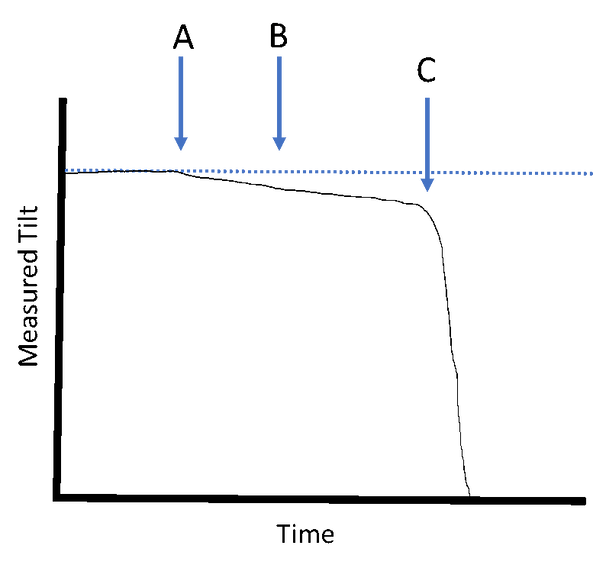
Introduction Back in February, I was at an SPE DFIT workshop where David Craig (one of the vocal advocates of the ‘holistic’ method of picking fracture closure) said that he […]